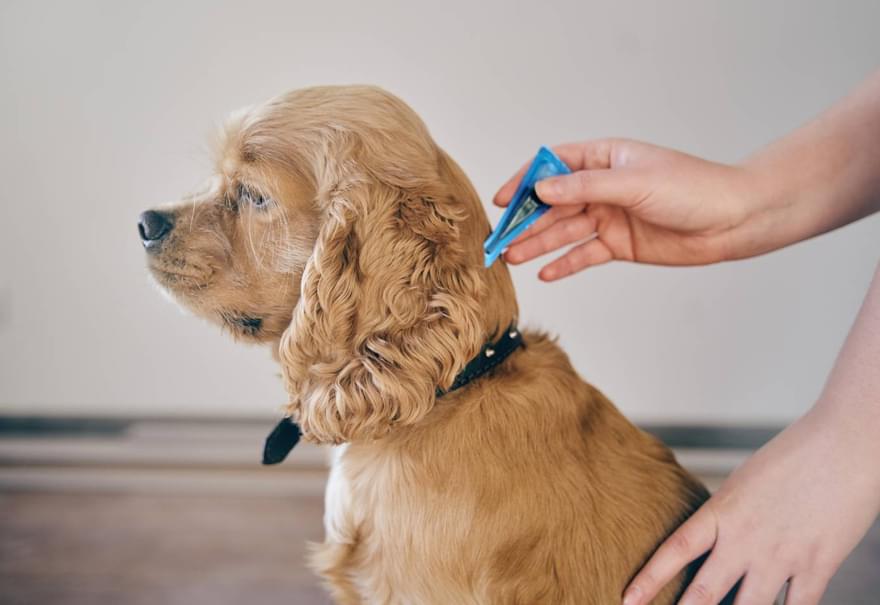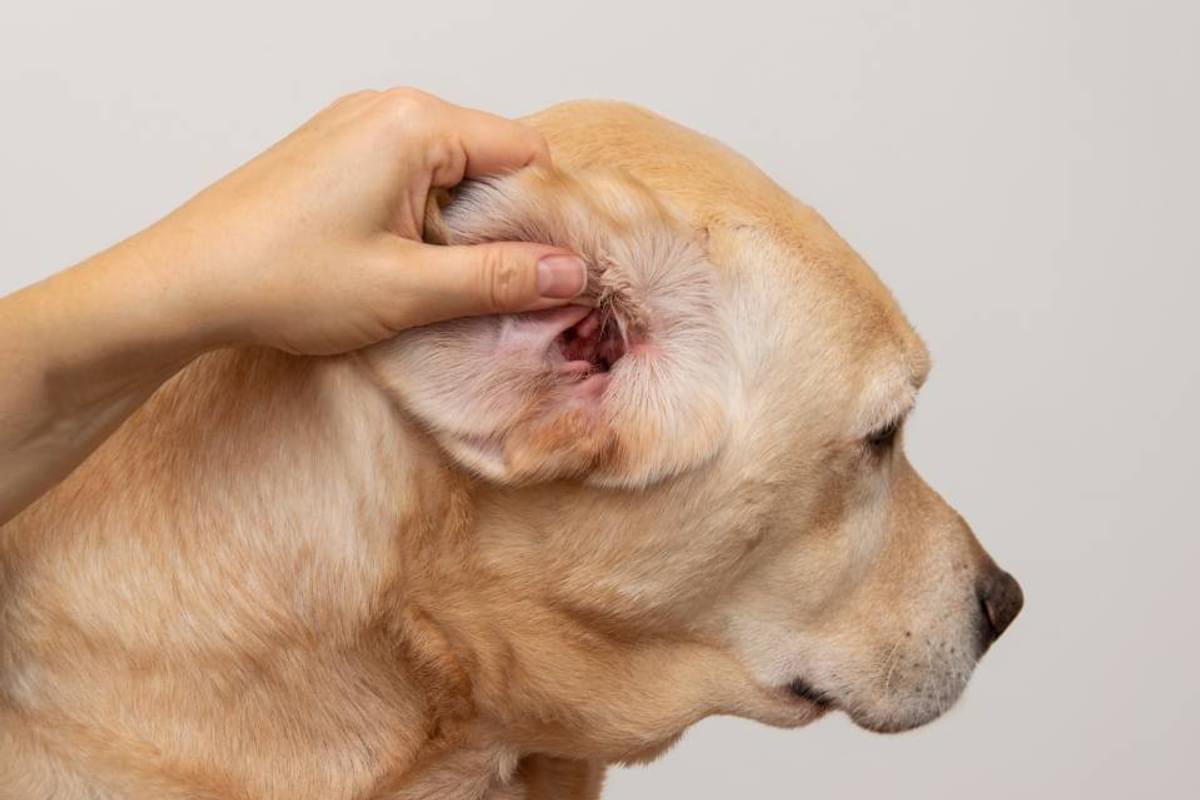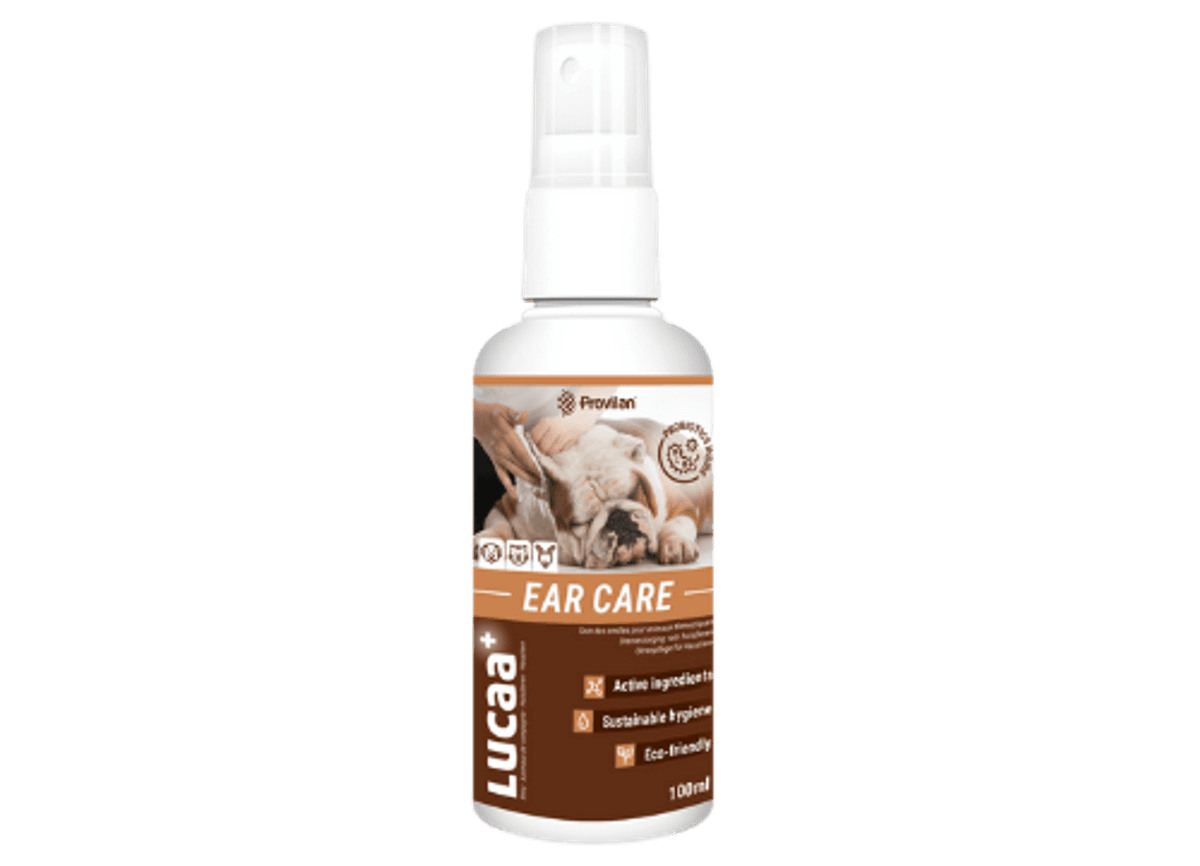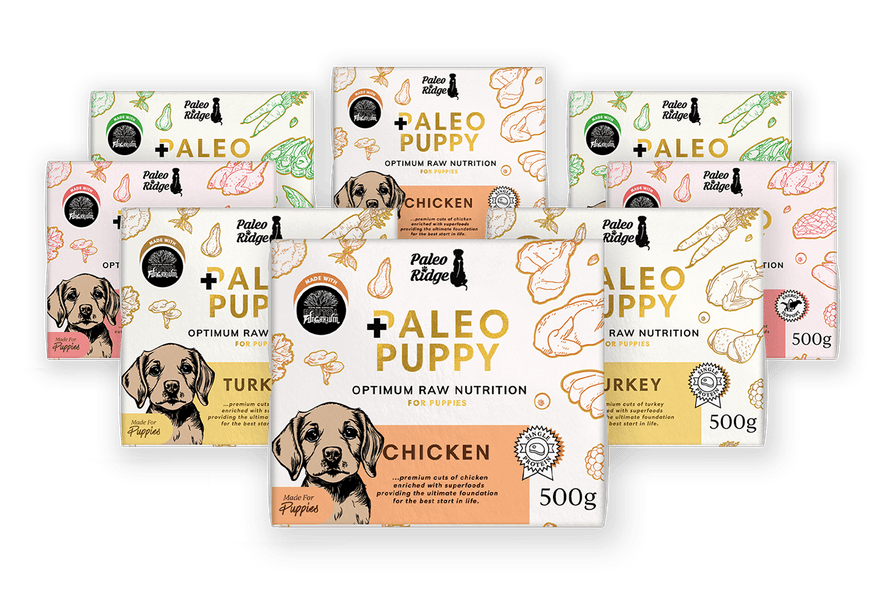Yeast needs three things to grow. The first is a suitable environment. Yeast loves warm, damp places. So ears are perfect, as is a licked paw or vulva.
The second thing it needs is food. Internally, we all know sugar fuels yeast growth so one of the first steps to controlling yeast is to starve it of refined carbs (more on controlling internal yeast issues here). Topically however, Malassezia feeds on the detritus on our skin, much harder to control that.
The third thing it needs, and not enough attention is given to this fact, is space / opportunity. Bacteria and yeast hate each other. It’s how we discovered antibiotics - Fleming, not the neatest of scientists by all accounts, left a window open, some fungal spores drifted in, landed on his petri dishes and he observed that bacterial groups couldn’t grow near the yeast. It was releasing a compound into the agar that stopped bacteria in its tracks. Months later we had penicillin.
But the opposite also applies. Good luck to any yeast trying to settle on that plate if bacteria were already present. They too release compounds that keep yeast in check.
This is what happens in our guts - our resident gut flora keeps yeast populations in check. However, when this gut flora takes a hammering (infections, antibiotics, years of chemically preserved kibble, etc) yeast is known to take advantage. Once in place, it begins releasing its compounds to keep other bacteria at bay, and the war begins.
The same thing is happening in the ears. You are covered in yeast and pollen, viruses and bacteria, not all of them friendly, but day to day you have no idea of the battle waged on your behalf by your skin flora, at least not while it’s winning. But when things go wrong and the skin flora goes to hell* yeast can take advantage.
*Cities are tough on skin. So many airbourne pollutants. Studies show rural children have robust skin flora, suburban less so and city kids the least. It follows, that the chances of skin infections, be it yeast or bacterial, rise from farm to city living.
A yeast infection is characterised by it’s smell. It’s nasty. Also, the wax is dark brown and gooey. My top solution for a yeast is apple cider vinegar. Cheap and cheerful, only use the stuff with the mother (cloudy bits but you don’t want the bits in the ears so maybe pour some into a bowl through a cloth). Recommend Braggs. Clean ears with swabs as above above but also rub into skin folds, soak paws etc. Very effective for yeast but also bacteria and really anything living!
Note: only use if the ear isn’t cut or damaged!!
If ACV doesn’t work I’d try good quality coconut oil (yeast hate the fatty acids therein while it feeds the good guys). If that doesn’t work any natural yeast ear cleaner. If more help is needed your vet has the stronger stuff.
As ever though, so it doesn’t happen again, you need to address WHY the yeast got a chance in the first place.







